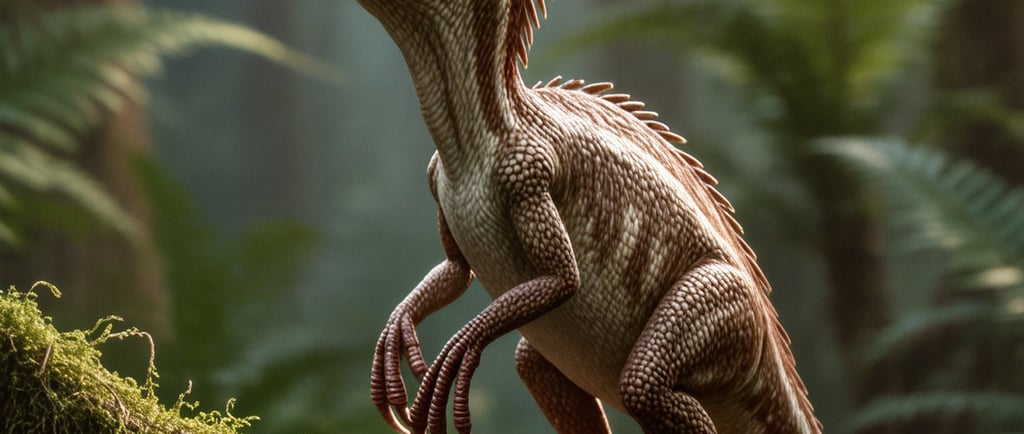The Oculudentavis: The Tiny Dinosaur Fossil Encased in Amber


Introduction to the Oculudentavis
Recent paleontological discoveries have unveiled a fascinating marvel in the world of extinct species—the Oculudentavis. This remarkable creature, preserved in amber for a staggering 99 million years, is being hailed as the smallest dinosaur fossil ever found. Standing at the size of a hummingbird, this phenomenon constitutes an extraordinary link between the worlds of lizards and birds.
The Significance of the Discovery
The scientific journal Nature has introduced us to a 14 millimeter long skull that belongs to the Oculudentavis. This exquisitely preserved fossil presents the remains of an early toothed bird that highlights the evolutionary transition in vertebrate history. The skull's lizard-like eyes, coupled with its bird-like features, open new avenues for understanding the interplay between these two distinct categories of creatures.
Unique Features of the Oculudentavis
The Oculudentavis stands out not just for its diminutive size but also for the intriguing anatomical characteristics it embodies. Its skull, measuring a mere 14 millimeters, introduces an array of fascinating features that challenge previous perceptions of dinosaur lineage. The presence of teeth, previously thought to be exclusive to larger predatory dinosaurs or early birds, indicates a complex dietary adaptation likely influenced by its environment.
Furthermore, the lizard-like eyes of the Oculudentavis suggest exceptional predatory capabilities, hinting at fascinating behavior patterns such as hunting insects or smaller prey. The convergence of characteristics from both lizards and birds within this tiny dinosaur underscores the evolutionary complexities and environmental adaptations that have led to the diversification of reptiles throughout history.
The Importance of Amber in Fossil Preservation
This discovery also underscores the significance of amber as a medium for fossil preservation. Amber, formed from tree resin, has the unique ability to encapsulate and protect organisms from decay, allowing researchers to analyze biological features with unprecedented detail. Such conditions give rise to a treasure trove of fossils, providing essential insights into the creatures that roamed the Earth millions of years ago.
Conclusion: What Lies Ahead for Paleontology
The unveiling of the Oculudentavis raises pivotal questions in the field of paleontology, particularly concerning the origins of birds and the evolutionary nuances connecting differing species. With every new discovery, such as this remarkable 99-million-year-old specimen, we inch closer to grasping the full narrative of life's evolutionary journey. The Oculudentavis serves as a reminder of how much is still left to uncover in the annals of Earth’s prehistoric past.
